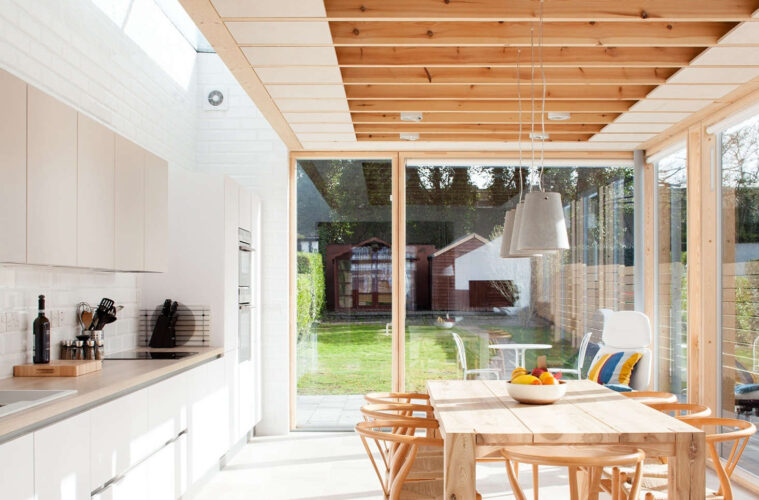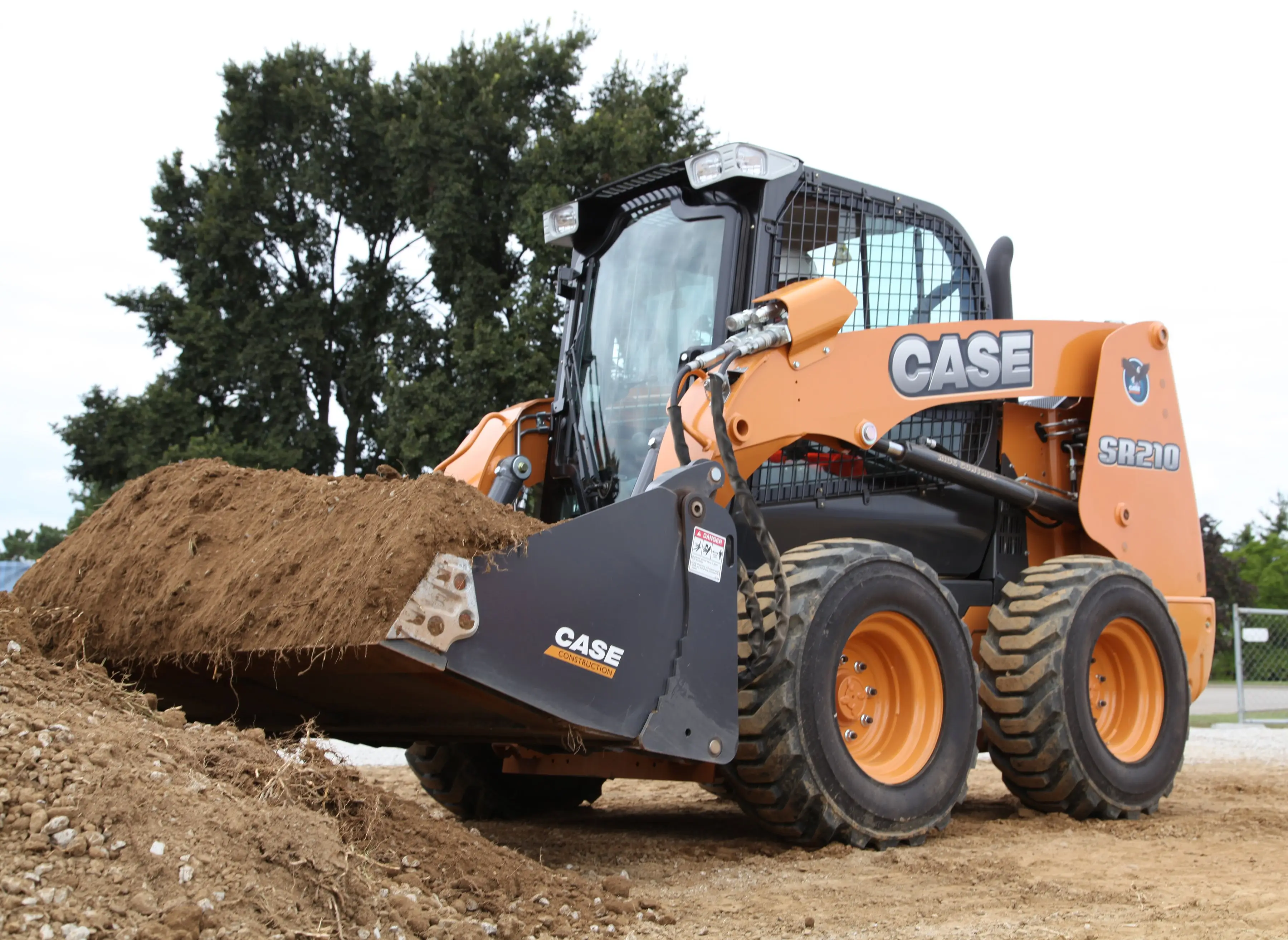In the realm of culinary spaces, the debate between outdoor and indoor kitchens is as heated as a perfectly seared steak. Both arenas offer unique experiences, flavors, and atmospheres that can transform cooking from a mere necessity to an art form. This comprehensive comparison aims to dissect the pros and cons of outdoor versus indoor kitchens, diving into aspects such as cost, convenience, entertainment value, and culinary capabilities. Whether you’re a seasoned chef or a casual cook, understanding the distinctions can help you make an informed decision about which kitchen suits your lifestyle and culinary ambitions.
The Great Outdoors: A Kitchen Without Walls
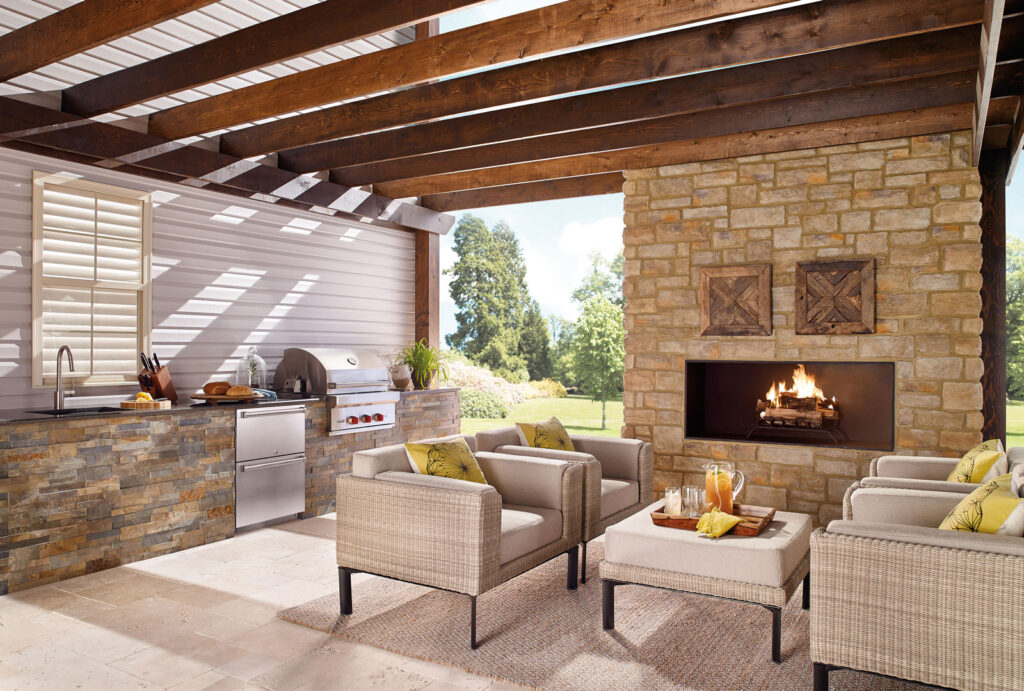
source: bostondesignguide.com
Outdoor kitchens invite the sky and landscape to be part of your cooking experience. They are not just about grilling; modern outdoor kitchens are fully equipped culinary havens where one can prepare a full-course meal under the expanse of the open sky. The essence of outdoor cooking lies in its ability to blend culinary arts with the beauty of nature.
Pros:
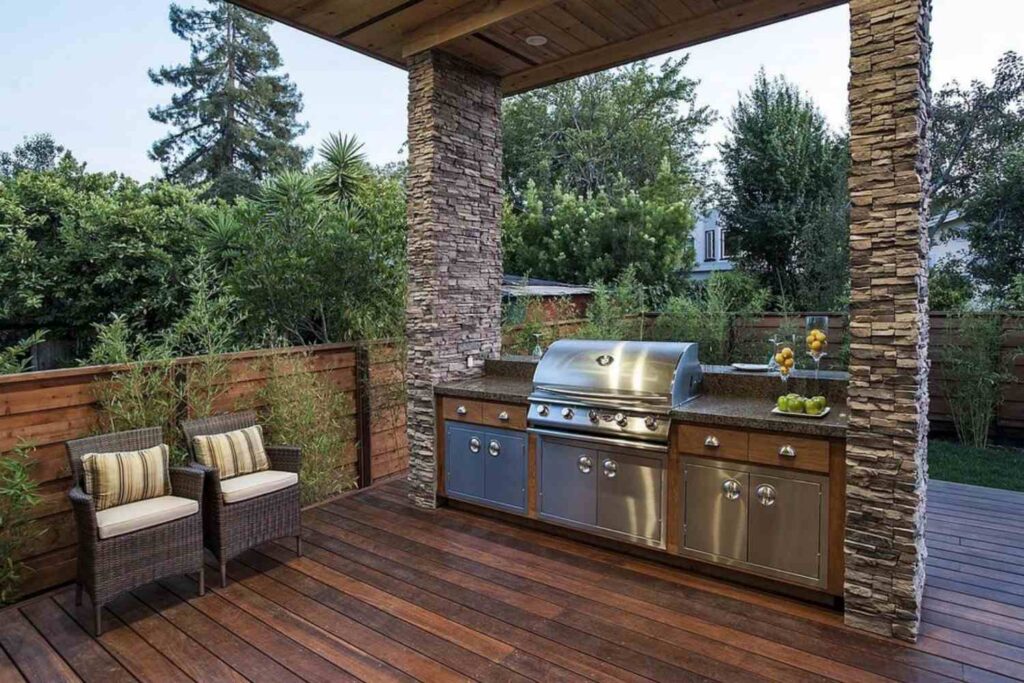
source: The Spruce
- Entertainment Central: Outdoor kitchens are synonymous with entertainment. They offer a more relaxed and spacious environment for hosting gatherings, allowing guests to mingle in the open air.
- Flavorful Feasts: Cooking outdoors, especially on grills and smokers, imparts flavors that indoor kitchens simply cannot replicate. The smoky aroma is tantalizing and adds a unique taste to the food.
- Expand Living Space: An outdoor kitchen extends your living space, offering an additional area to dine, entertain, and relax without feeling confined by walls.
- Enhances Home Value: Well-designed outdoor kitchens can significantly boost property value, appealing to prospective buyers who envision themselves hosting in the space.
Cons:
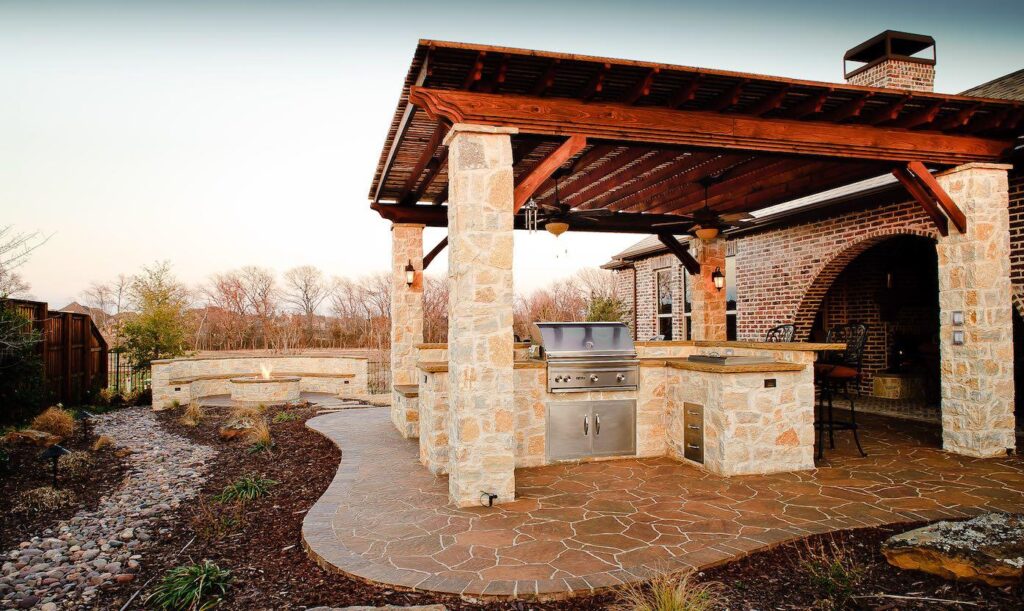
source: dallasoutdoorkitchens.com
- Weather Dependence: Outdoor cooking is at the mercy of weather conditions. Rain, extreme heat, or cold can limit usability.
- Higher Initial Investment: Setting up an outdoor kitchen can be costly, requiring durable materials and outdoor-rated appliances that can withstand the elements.
- Maintenance Challenges: Outdoor kitchens face more wear and tear from weather and require regular maintenance to keep them in good condition.
The Heart of the Home: Indoor Kitchens
Indoor kitchens have long been considered the heart of the home, a place where families gather and meals are meticulously prepared. They are the traditional choice, offering convenience, ease, and year-round usability.
Pros:
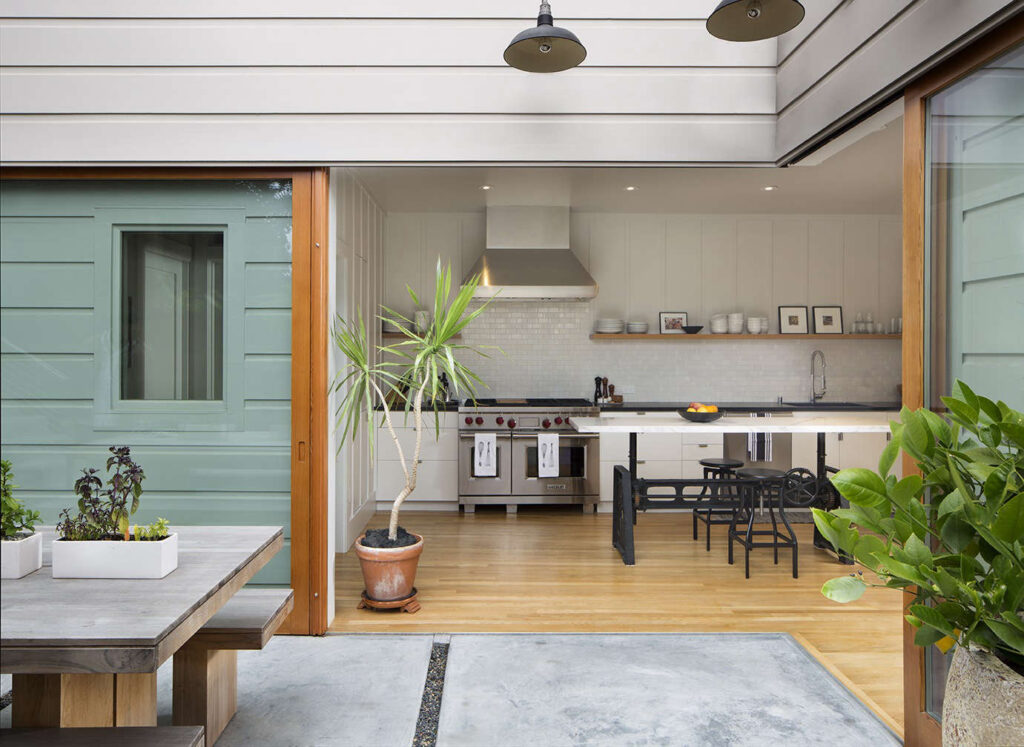
source: Remodelista
- All-Weather Cooking: Regardless of rain, snow, or heat waves, the indoor kitchen remains operational, providing a comfortable and controlled environment.
- Utility Access: Indoor kitchens benefit from easy access to utilities like water, gas, and electricity without the need for extensive additional infrastructure.
- Technological Integration: Being indoors allows for the incorporation of smart kitchen technology, enhancing cooking precision and convenience.
- Efficiency: Cooking and cleaning processes are more streamlined indoors, thanks to immediate access to ingredients, utensils, and appliances.
Cons:
- Space Limitations: Indoor kitchens are often limited by the home’s existing layout, making expansion or significant modifications challenging.
- Smoke and Smells: Intense cooking can fill the house with smoke and odors, requiring powerful ventilation systems to maintain air quality.
- Isolation from Guests: The cook often has to remain separated from guests, which can limit interaction during social gatherings.
Blending the Best of Both Worlds
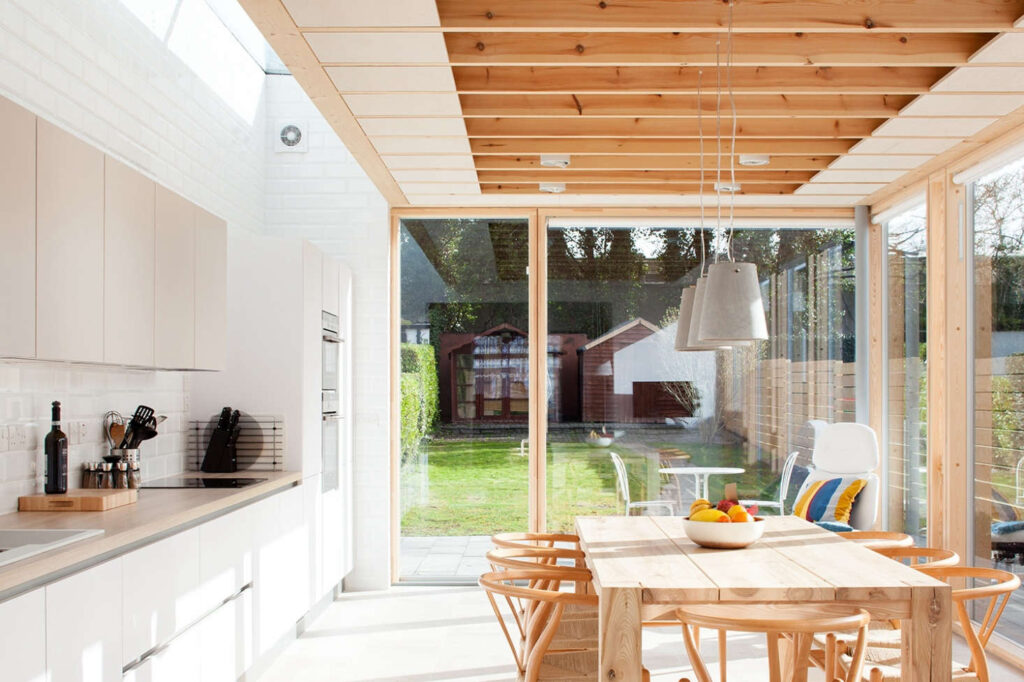
source: nanawall.com
For those torn between the charm of the outdoors and the convenience of the indoors, integrating elements of both can create a harmonious culinary space. Bi-fold doors, outdoor seating areas close to the kitchen, or even a small herb garden near the kitchen window can bring a sense of the outdoors in. Conversely, adding a portable grill or a pizza oven outside can extend your culinary capabilities without the need for a full outdoor kitchen setup.
Cost Consideration
The investment in either kitchen type depends on the extent of customization and the quality of the appliances chosen. Indoor kitchen renovations can range widely in cost, influenced by materials, labor, and appliance quality. Outdoor kitchens, while potentially expensive upfront due to the need for weather-resistant materials and standalone utilities, offer long-term entertainment and lifestyle benefits that may justify the initial outlay.
Culinary Capabilities
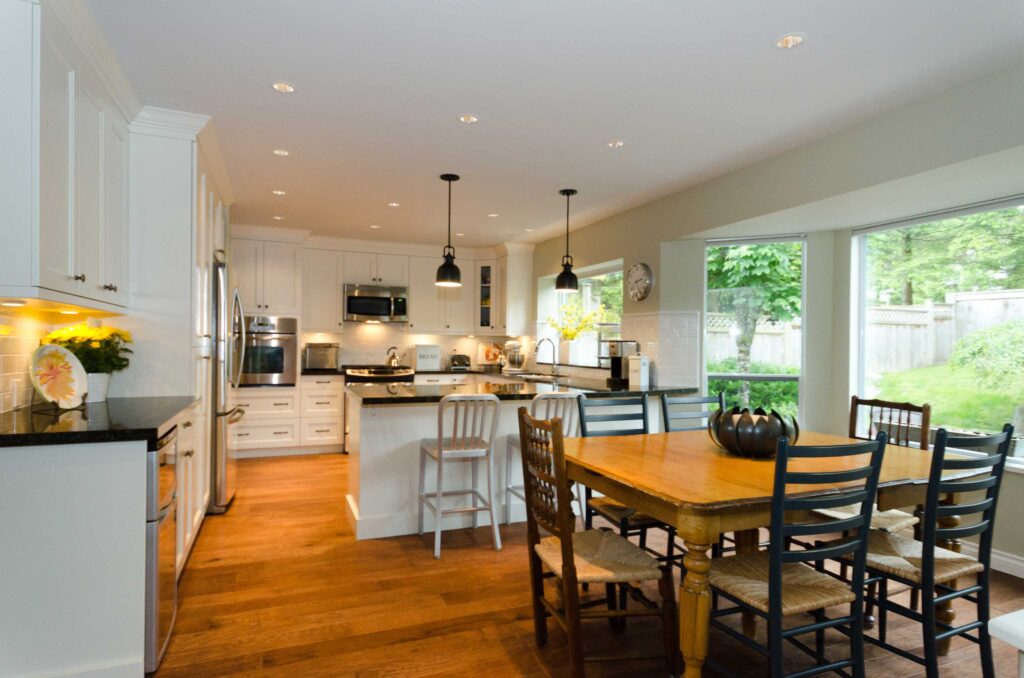
source: insideoutkitchens.ca
The choice between an outdoor and indoor kitchen often boils down to culinary preference and lifestyle. Outdoor kitchens offer a unique cooking experience with grilling and smoking capabilities that are hard to replicate indoors. Indoor kitchens, however, provide the precision and variety afforded by advanced kitchen technology and appliances, suitable for a wide range of cooking styles and techniques.
The Verdict
Deciding between an outdoor and indoor kitchen is a deeply personal choice, influenced by one’s cooking style, entertainment needs, and climate considerations. Those who relish hosting large gatherings and enjoy grilled cuisine might lean towards an outdoor kitchen. In contrast, individuals who prioritize convenience, year-round cooking, and a wide range of culinary techniques might find an indoor kitchen more appealing.
In the end, the ultimate kitchen is one that best suits your lifestyle, cooking preferences, and the experiences you wish to create. Whether it’s under the open sky or within the cozy confines of your home, the right kitchen can elevate your cooking journey, turning every meal into a celebration.

